#Ram Air
Explore tagged Tumblr posts
Text

765 notes
·
View notes
Text
♦️🔸️💎🔸️♦️🔹️💎🔹️♦️🔸️💎🔸️♦️
KEEP IT 🔸️ OR 🔸️SELL IT ❓️
1970 Pontiac GTO Judge Convertible Ram Air III
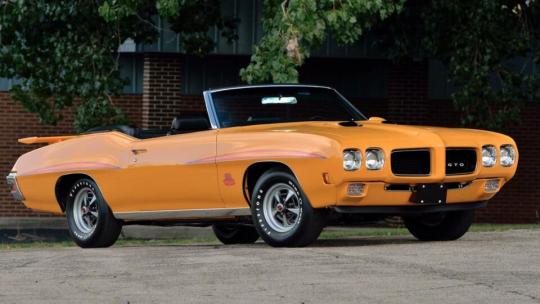
#1970#1970s#Pontiac#gto#gto judge#judge#ram air#orange#classic cars#vintage cars#classic car#car show#luxury cars#autos#fast cars#sports cars#cars#vintage car
255 notes
·
View notes
Text
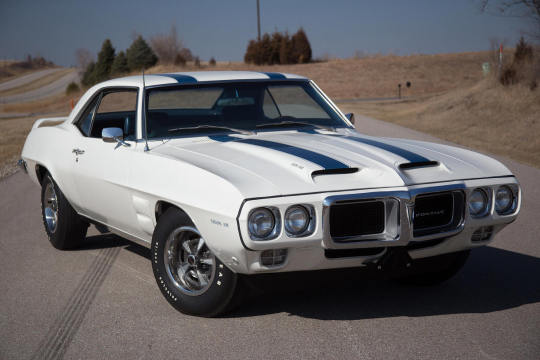
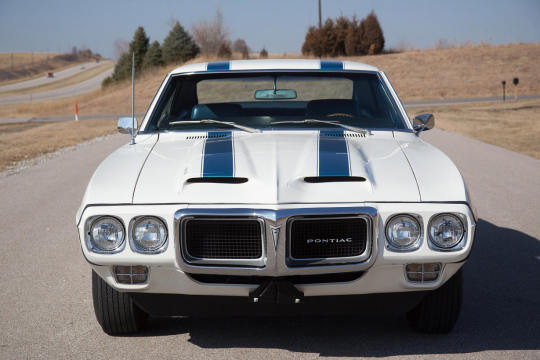
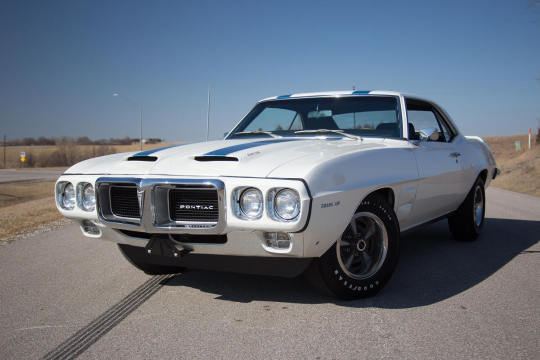
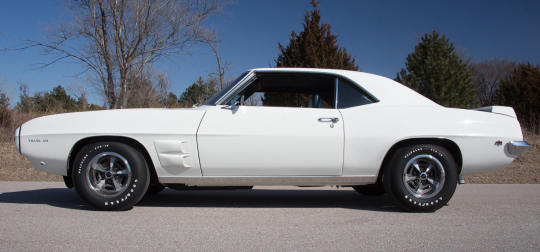
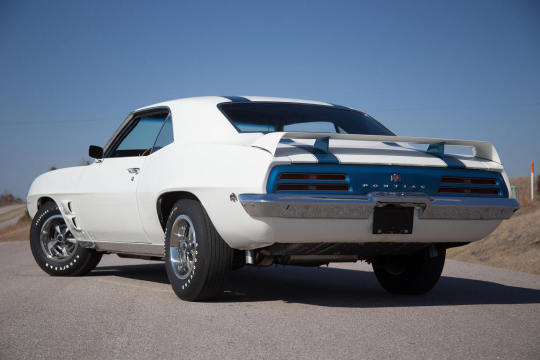
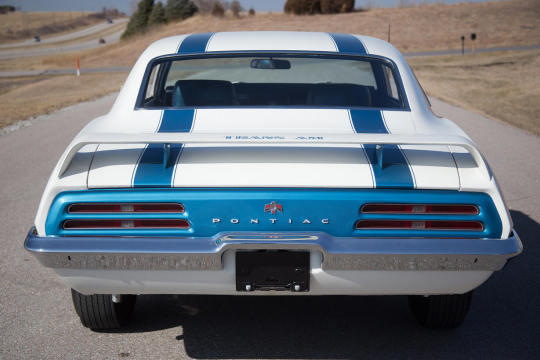

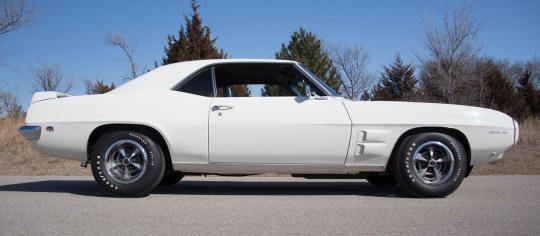
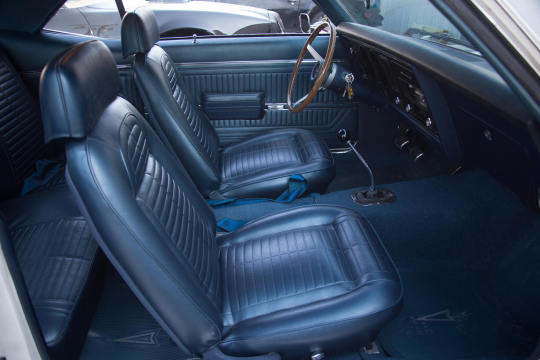

#trans am#firebird#pontiac#ta#firebird trans am#ram air#muscle car#muscle cars#musclecar#musclecars#american muscle#muscle#classic#classic car#classic cars#kustom kulture#kustomblr#kustom#custom#custom car#car#cars
580 notes
·
View notes
Text

16 notes
·
View notes
Text

79 Formula Firebird
9 notes
·
View notes
Text

1969 Ram Air IV GTO convertible
8 notes
·
View notes
Text
ok this has been bugging me. I already blocked the sender but I got an ask earlier for an OLD ass post on my main blog where this fucking chud tried to mansplain physics to me and I just.
I cannot get over this bro telling me that ram air isn't why things burn up on re-entry, and then trying to bullshit some pseudoscience physics about how the vibration of the atoms rubbing on the object plus the atoms sliding across it's surface is what causes it.
No that's not how it works and the fact that you dug up a six year old post on my blog tells me you have nothing better to do than start shit with people and would simply put your fingers in your ears and yell LALALALALALA if I tried to flatten you with the actual physics.
Things don't just burn up on re-entry, modern supersonic aircraft ALSO heat up due to ram pressure in flight, to the point where the X-15 - with a skin made of ICONEL (a nickel-chromium alloy) which is a superb heatsink, fucking started MELTING in flight. Concord had problems with heat from ram air. The Blackbird leaks fuel like a sieve because it's components were made too small on purpose to account for thermal expansion due to - you fuckin guessed it - ram air.
See in physics gases do this funny thing when compressed and heat up. No heat is added, so much as the heat energy in a given volume of gas is now forced into a smaller space and thus the temperature rises. Compress it enough, like when you're forcing something through the upper atmosphere at 4,520mph or coming back down from orbit at 17,500mph or more, the pressure put on atmospheric gases causes them to heat up, and that heat is absorbed by the object.

#science rant#physics#ram air#ram pressure#aerospace#x-15 rocket plane#x 15#sr 71 blackbird#concord airliner#thermodynamics
8 notes
·
View notes
Text
Pontiac GTO Ram Air Concept

1 note
·
View note
Text
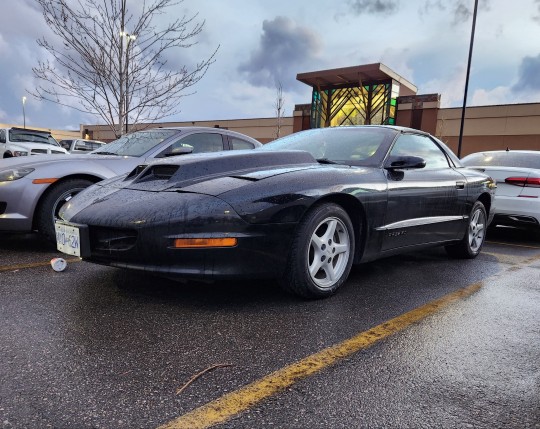
From an OK WHIPS Meet
#car meet#car#car show#sports car#pontiac#trans am#firebird#pontiac trans am#pontiac firebird#firebird trans am#fbody#4th gen fbody#4th gen trans am#ram air#v8#muscle car#lt1#lt1 trans am#american muscle#usdm#motortrend#superstreet#streethunters#speedhunters#coupe#american car#car porn#4th gen firebird#90s car#car aesthetic
4 notes
·
View notes
Text

282 notes
·
View notes
Text


Liam O'Brien characters sleeping curled up in the crook of their best friend's knee 🥹
#critical role#caleb widogast#nott the brave#veth brenatto#orym#orym of the air ashari#fearne calloway#bells hells#the mighty nein#my gifs#you love to see an o'brien cinematic parallel from one campaign to the next#also nothing rams home the set differences more than trying to make a gifset from different campaigns i swear#cr2e60#cr3e19
707 notes
·
View notes
Text

9 notes
·
View notes
Text
JFC, that's good.
I have jumped out of perfectly good airplanes before. The instructors where I did it had an Air Force test parachutist. When he landed, he just touched down and stood there. The canopy remained floating above him. Then he bowed and the canopy fell forward at the extent of the lines. Amazing.
This though... I don't even comprehend the physics. The momentum forward is created by the parachute wing giving resistance to the air by gravity pulling down.
Where is the down?!?! It doesn't appear windy through the tunnel to give lift. Doesn't look like they skidded on their butt and the parachute was more of a drag chute. There shouldn't be any lift. Why is there lift?!
*pants*
Okay, one thing did occur to me - the road may be at a steep enough grade for that to happen. But you normally don't tunnel down like that...
Gah.
Parachuting Tumblr want to help a poor old sod out, please?
#parachuting#parachute#stunts#physics#lift#Bernoulli's principle#freefall#jump school#air force#ram air#canopy#tunnel#wing#paragliding
1K notes
·
View notes
Text

1970 Pontiac GTO Judge in Orbit Orange.
#1970#70s#pontiac#gto#judge#400#ram air#decal#classic#american#muscle#car#orbit#orange#vintage#hi-fi fotos#hallewell
13 notes
·
View notes
Text
-picks up proto- :) -chops him up-

Finished version
48 notes
·
View notes
Photo
My kind of woman

Dressy Ram Air IV GTO girl… 1970
147 notes
·
View notes